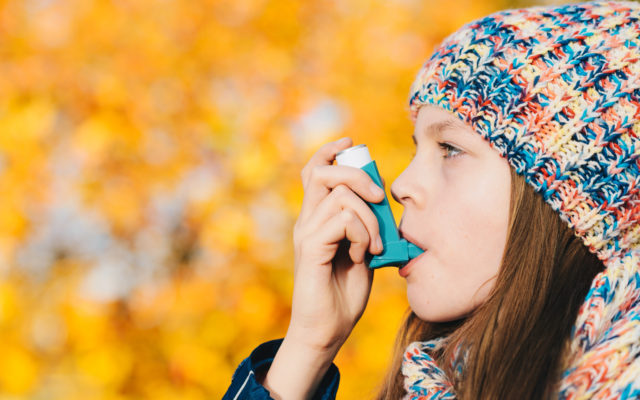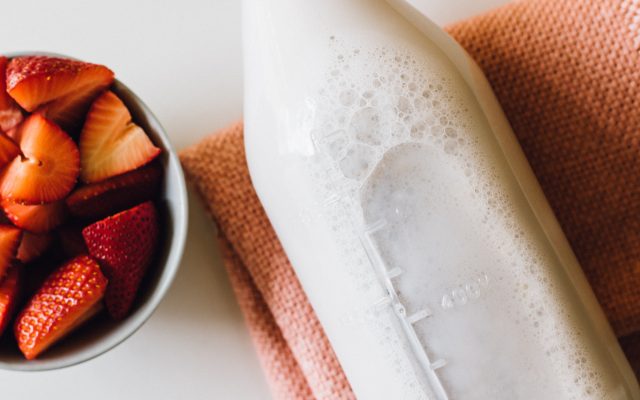
Humidifiers & Indoor Allergies

When people think of seasonal allergies, winter isn’t exactly the first season that comes to mind. Usually it’s the biggest culprits like pollen and ragweed which strike during the warmer months, but cooler weather brings with it a unique set of allergens. If you find yourself sniffling and sneezing as you take shelter in the warmth of your home this winter, don’t just automatically assume that it’s because of the frigid temps! Let us introduce you to a little thing called indoor allergies.
Humidifiers put moisture [and other things] into the air.
For those of us who have the pleasure of experiencing cold dry winters, we often rely on humidifiers for relief. They’re great at providing exactly that, but with that relief can come unwanted dust and mold.
The biggest indoor allergen is the dust mite. These little guys love moisture, which means your humidifier can become their new favorite place. You can keep this issue at bay by keeping the humidity level of your home between 40-50% (a hygrometer can help you measure the humidity).
It’s also important to clean your humidifier regularly. If you don’t, you can end up with mold growing in the unit and spores blown throughout your home. Although everyone breathes in mold spores from the air, for some people this can trigger asthma/allergies. How do you know if you have a mold sensitivity? You will end up with unpleasant symptoms like sneezing, itchy/watery eyes, runny nose and congestion. Staying on top of humidifier hygiene and using distilled or demineralized water can help reduce mold and bacteria growth.
If you believe you’re struggling with indoor allergies, then it’s probably time to give us a call.

